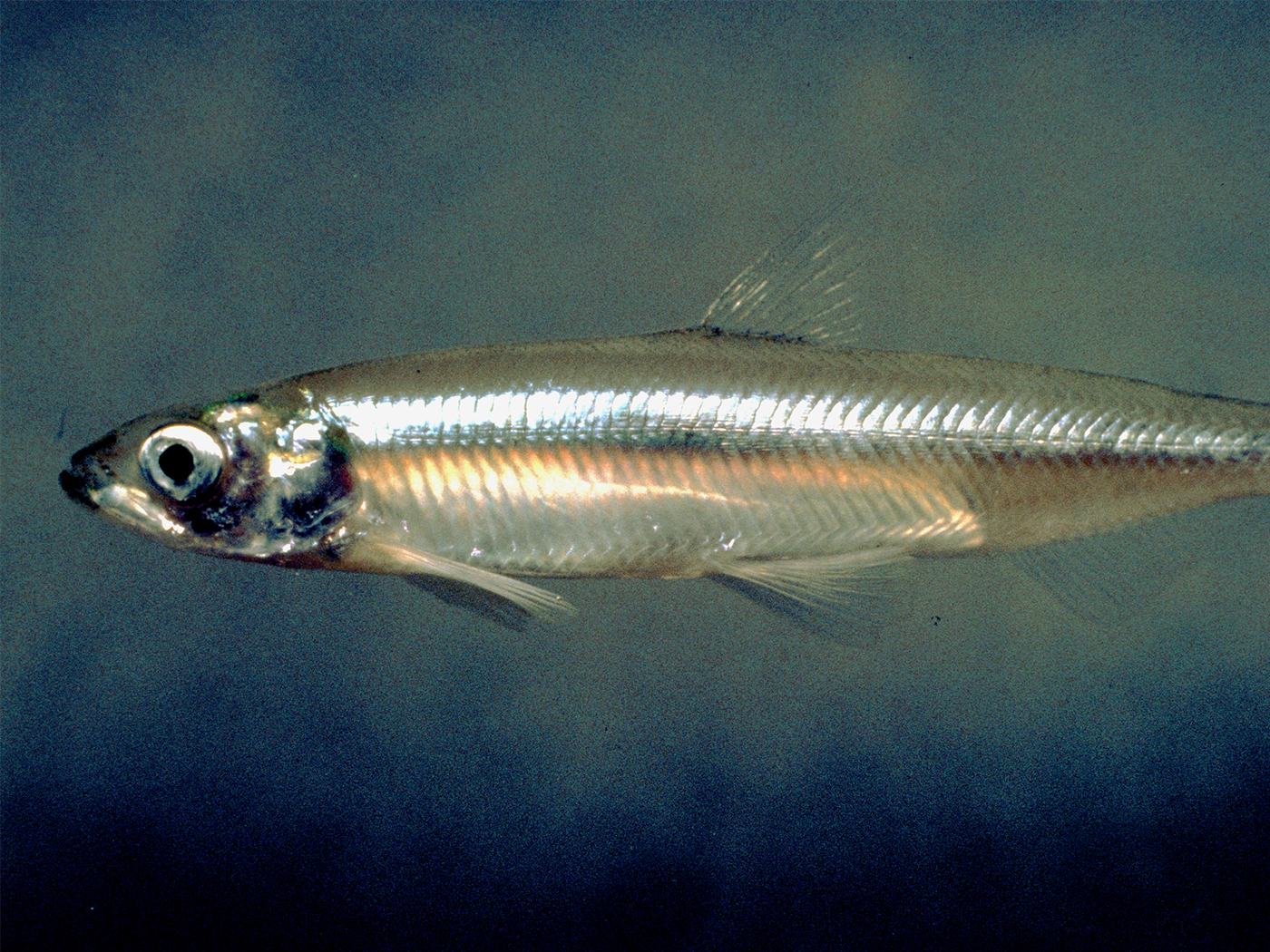"Jesus had compassion and touched their eyes. And immediately their eyes received sight, and they followed Him.”1 Just as quickly as He made the first human eyes out of dust, Jesus the Creator fixed two men’s broken vision systems as only a Master Biotechnician could. Today, new inner-eye wonders are regularly uncovered, exposing the eye’s miraculous origin.
One critical vitamin-like eye molecule bears the chemistry-friendly name “11-cis-retinal.” When this molecule is embedded in its partner protein, energy from an absorbed photon straightens its bend at the 11th carbon atom to complete vision’s first step. This altered shape initiates other factors that amplify the visual signal inside the eye cell. Yet, slightly different versions of the retinal molecule—those built to bend at the 9th, 10th, or any other carbon atom—demonstrate little or no optic activity.2 The Lord placed each atomic bond precisely where it needed to be.
Biophysicists have even concluded that certain living systems, including the human visual system, “couldn’t get faster, more sensitive or more efficient without first relocating to an alternate universe with alternate physical constants.”3 For example, researchers discovered that Müller cells inside the retina—that thin, light-sensitive tissue layer at the back of our eyes—perform several tasks to optimize vision:
- Covering the entire surface of the retina to collect the maximum number of available photons4
- Conducting light from around nerve cells and blood vessels directly to light-sensitive cells
- Filtering certain harmful radiation
- Reducing light noise—light waves reflected randomly inside the eyeball
- Collecting and reorienting different wavelengths of light
- Providing architectural support for neighboring cells
- Supplying nearby neurons with fuel5
- Mopping up and recycling waste
- Managing potassium ion distribution
But sight requires more than just eyes—the brain processes visual input. For example, one program in particular solves the problem of “perceptual stability.” Mental software organizes dizzying, streaky blurs from fast eye movements into coherent visual pictures. Investigation revealed that part of the brain does process the blurred streaks, but like a clutch that disengages an engine from the transmission when car gears shift, it disengages streaky images from the conscious awareness center of the brain.6 Sound wasteful? It’s not. This process tells how far and fast the eye moved so the brain can place subsequent images right back in gear.
Lastly, retinas pre-process visual data. Their different cells sort raw visual inputs into 20 different “channels,” or parallel representations, before the data are recompiled and transmitted to the brain. One channel uses parasol ganglion cells to detect motion and flicker. Another uses midget ganglion cells to process spatial information. Ganglion cells are “far from being simple passive ‘cables’ that [evolutionists have long believed] relay the photoreceptor signal from the outer to the inner retinal layers.”7 Recently, neurologists worked with macaque eyes to discover that retinal pre-processing works by precise placement of voltage-gated channel proteins within each ganglion cell.
Precision never just happens, and even a human engineer cannot achieve the level of precision in eye design. Thus, someone had to ensure proper placement of these channel proteins, mental software, Müller cells, and 11-cis-retinal. “Lift up your eyes on high, and see who has created these things.”8 Inner eye workings leave no doubt that the Lord of miracles created eyes.
References
- Matthew 20:34.
- Zyga, L. Scientists solve mystery of the eye. PhysOrg. Posted on physorg.com November 17, 2011, accessed November 17, 2011.
- Angier, N. Seeing the Natural World With a Physicist’s Lens. New York Times. Posted on nytimes.com November 1, 2010, accessed November 18, 2010.
- How the retina works: Like a multi-layered jigsaw puzzle of receptive fields. Salk Institute for Biological Studies news release, April 7, 2009.
- Kolb, H. 2007. Glial Cells of the Retina. In Webvision: The Organization of the Retina and Visual System. Kolb, H., E. Fernandez, and R. Nelson, eds. Salt Lake City, UT: University of Utah Health Sciences Center. Posted on webvision.med.utah.edu.
- Rutgers Research: Discoveries Shed New Light on How the Brain Processes What the Eye Sees. Rutgers University news release, June 2, 2009.
- Baden, T. and T. Euler. 2013. Early Vision: Where (Some of) the Magic Happens. Current Biology. 23 (24): R1096-R1098.
- Isaiah 40:26.
* Mr. Thomas is Science Writer at the Institute for Creation Research.














